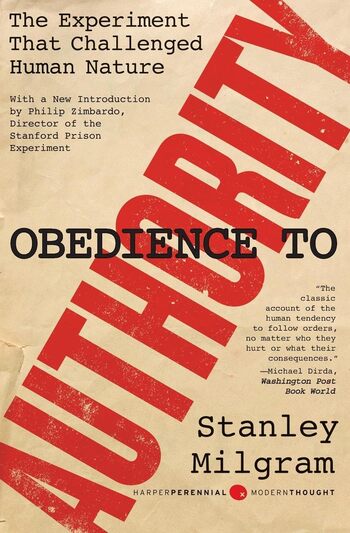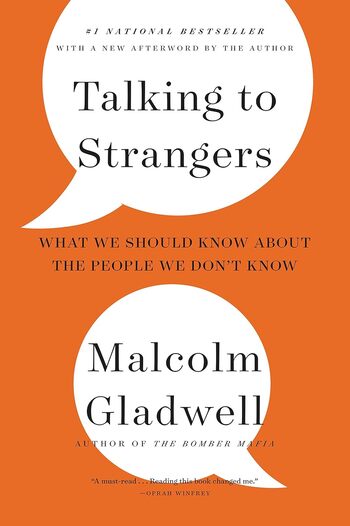
When To Rob A Bank is a collection of entertaining blog posts by Levitt and Dubner, exploring the unexpected truths and economic anomalies in everyday life, challenging common sense through an economist’s lens.
Main Lessons
- Pricing is often misunderstood, and letting our common sense guide decisions can lead to irrational actions.
- Environmental strategies can be counterintuitive; driving might be more eco-friendly than walking under certain conditions.
- People frequently lie to maintain their self-image, even when it contradicts their best interests.
- Personal biases and branding can lead to misplaced trust in products labeled as premium or superior.
- Economic decisions can be manipulated by seemingly minor pricing strategies like setting prices at $0.99 instead of $1.
- Government pricing errors, like the cost of making a penny, highlight systemic inefficiencies.
- The environmental impact is not just about actions but also about the broader supply chain and production processes.
- White lies or ‘harmless’ deceit can have larger social and economic ramifications.
- Social and cultural factors heavily influence economic perceptions and behaviors.
- Understanding economics through unconventional lenses can change conventional wisdom and challenge existing societal norms.
- Misleading pricing can exploit knowledge gaps between consumers and businesses.
- Popular misconceptions about organic and eco-friendly products can obscure more effective environmental actions.
- Breaking down complex economic concepts into relatable stories can enhance understanding and awareness.








